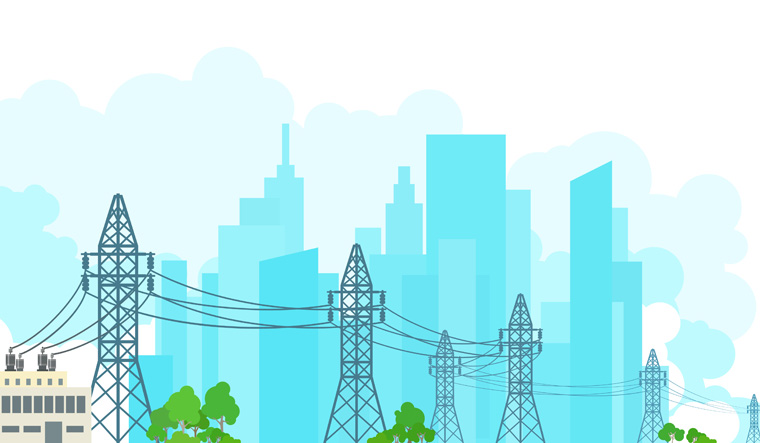A groundbreaking discovery in the field of renewable energy has brought us one step closer to harnessing electricity from the air we breathe. Researchers at the University of Massachusetts Amherst have successfully developed a technology called hygroelectricity, which can generate electricity from nothing but humid air. This concept, first explored by famed physicist Nikola Tesla, has been the subject of scientific inquiry for decades. Now, thanks to recent advancements, it seems that this dream of obtaining power from thin air could become a reality.
The journey to discovering the potential of hygroelectricity began when a humidity sensor at the University of Massachusetts Amherst surprisingly started generating electrical signals without being plugged into a power source. Intrigued by this phenomenon, researchers led by Jun Yao decided to delve deeper into the possibilities of harnessing electricity from air humidity.
The discovery of hygroelectricity marks a significant step forward in the pursuit of clean and renewable energy sources. By tapping into the vast reservoir of energy provided by air humidity, scientists may have unlocked a solution that could power our devices sustainably and continuously. As research continues, the dream of generating electricity from thin air, once envisioned by Nikola Tesla, could finally become a reality, paving the way for a greener and more sustainable future.
How it Works:

The key to harvesting electricity from humid air lies in a tiny device comprising two electrodes and a thin layer of material filled with nanopores. These nanopores, each less than 100 nanometers in diameter, allow water molecules from the air to pass through the device. As these molecules move from an upper chamber to a lower chamber, they interact with the edges of the nanopores, leading to a buildup of electric charge imbalances between the chambers. This process effectively transforms the device into a miniature battery, generating continuous electricity.
Researchers liken the device to a small-scale, man-made cloud. Just as clouds create electrical charges and give rise to lightning bolts during storms, this revolutionary device converts air humidity into usable electricity. The potential applications are vast, ranging from powering miniature computers and sensors to providing sustainable energy sources for remote locations.
One of the most significant advantages of this technology is its versatility. Unlike other renewable energy sources such as solar and wind, air humidity is continuously available, making it a sustainable reservoir of energy. Moreover, this technology can be applied to a wide range of materials, including wood and silicon, as long as they possess the required nanopores. This breakthrough dramatically increases its potential for broad deployment and scalability.
While the concept of harvesting electricity from air humidity is both promising and fascinating, some challenges lie ahead. Currently, the fingernail-sized device can only produce electricity equivalent to a fraction of a volt. Researchers acknowledge that scaling up the technology to meet practical energy demands is a significant hurdle. Investors and experts are eager to see more concrete data on power output and cost-effectiveness before fully embracing this revolutionary energy source.










